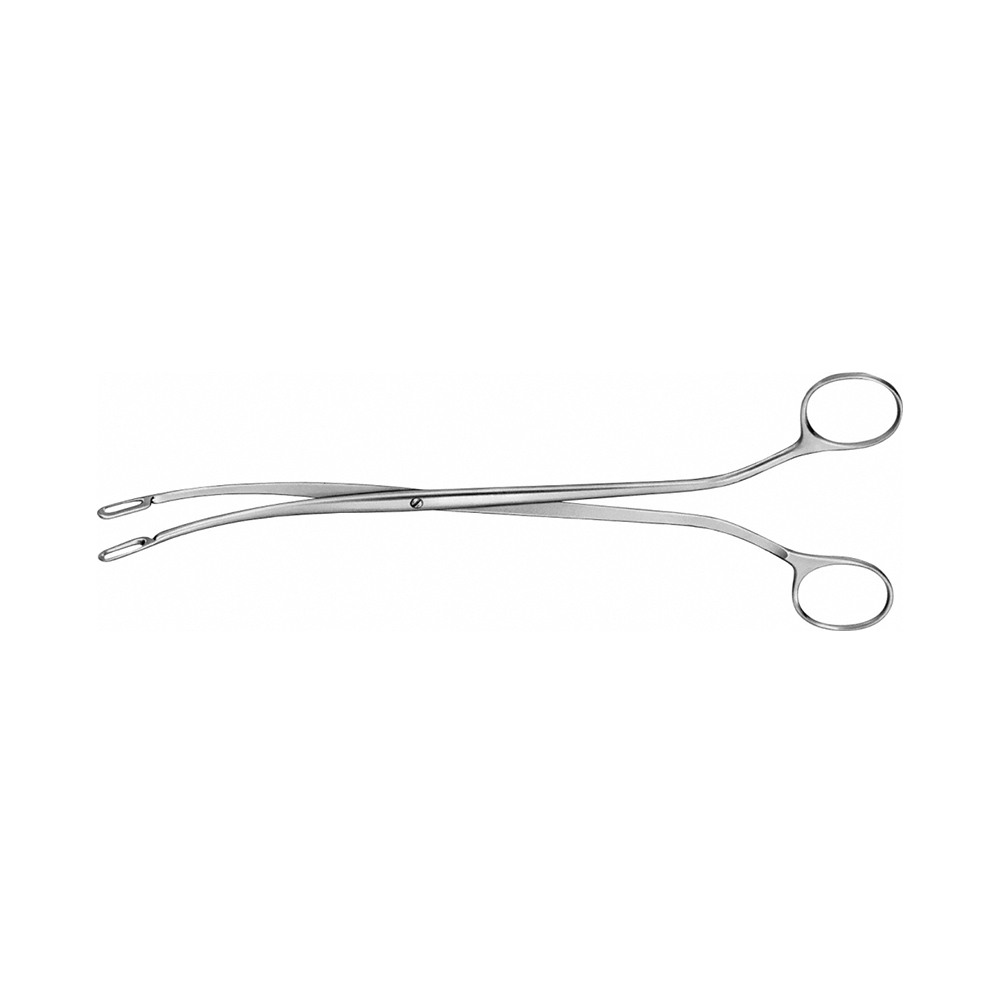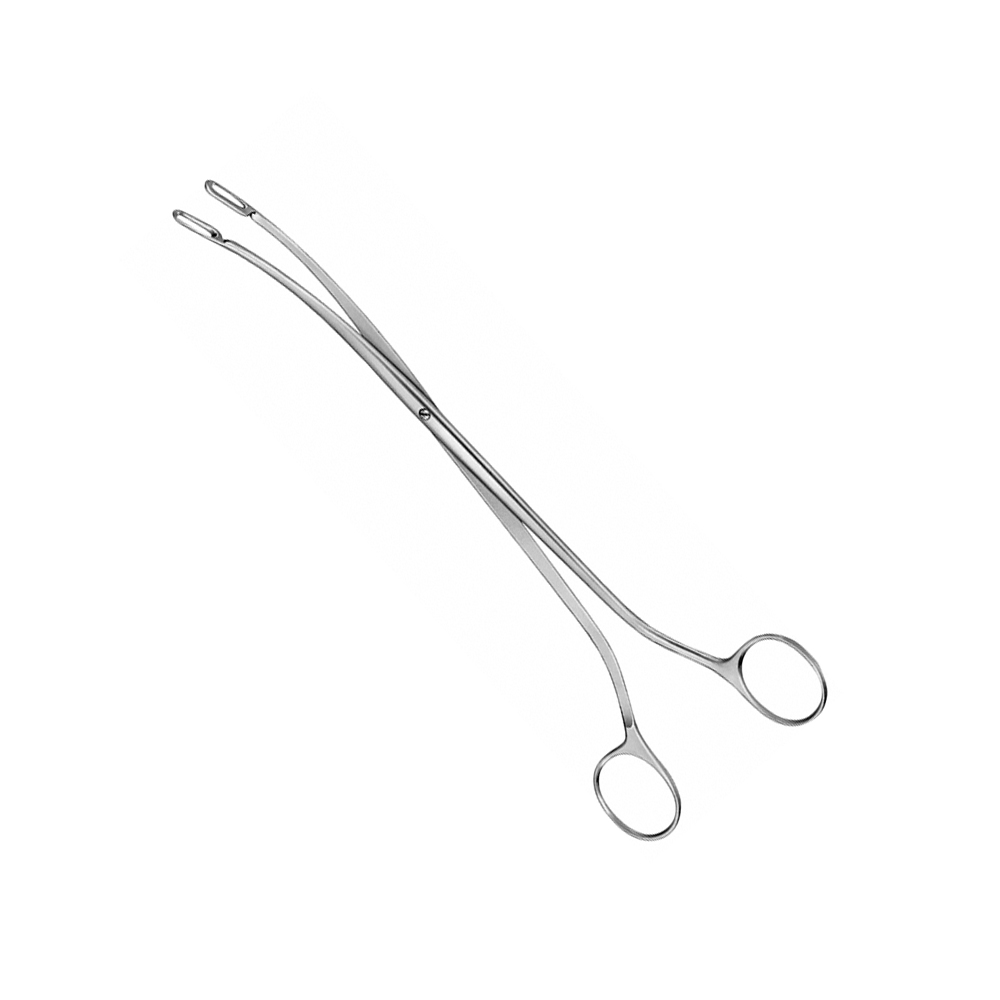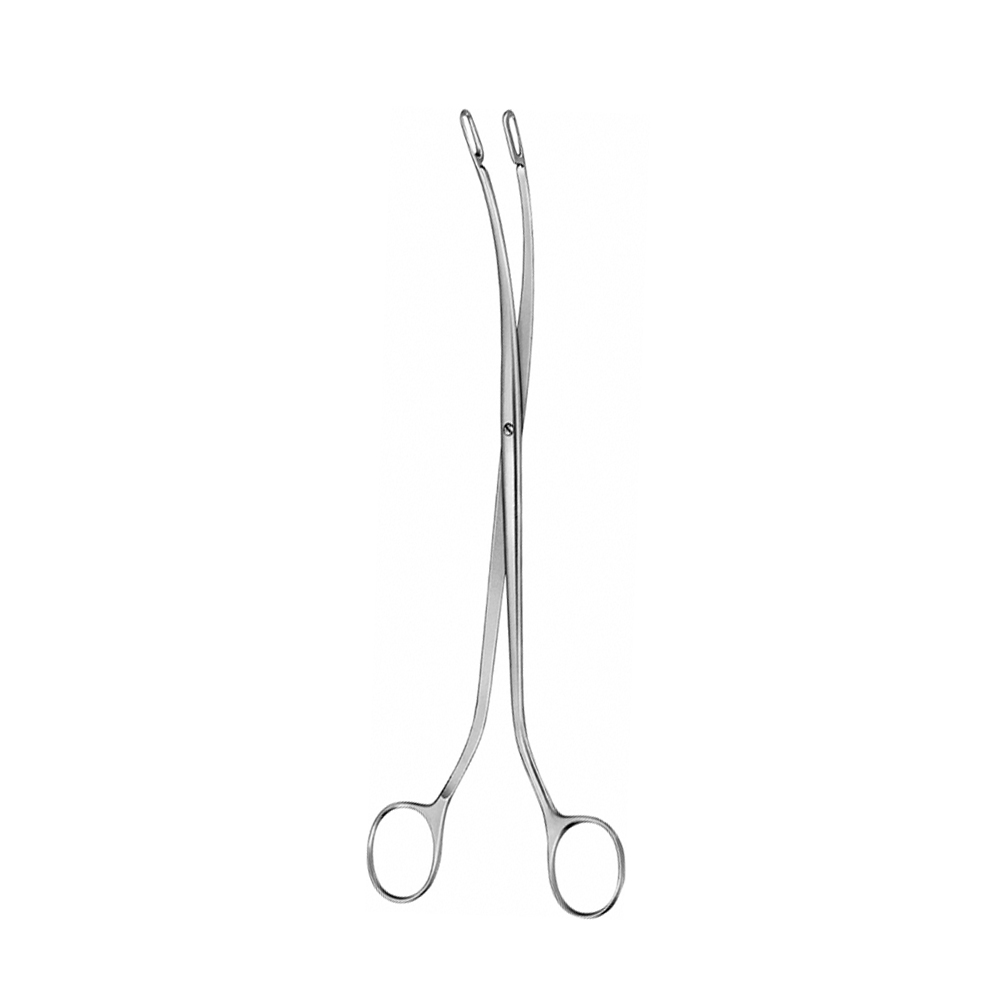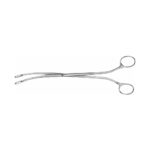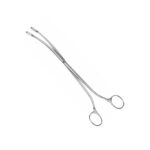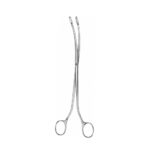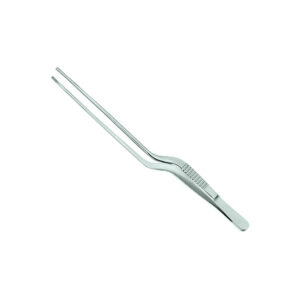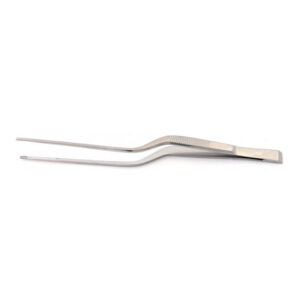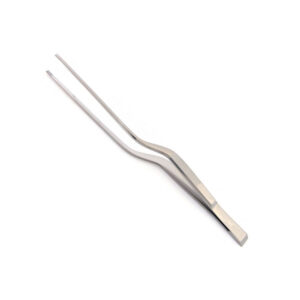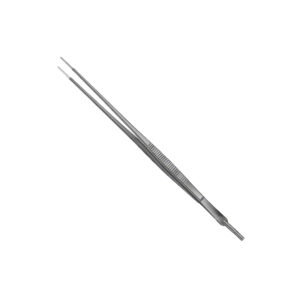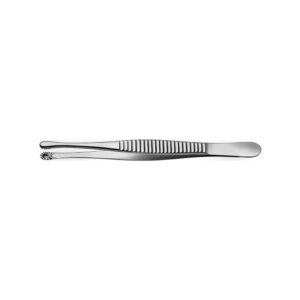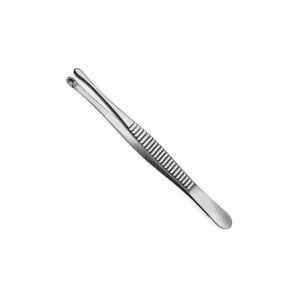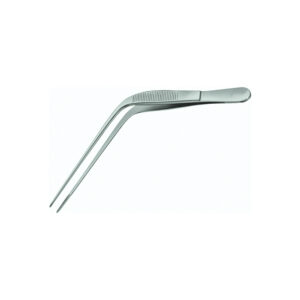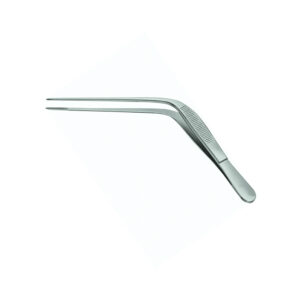- General Surgery Instruments
- Orthopedic & Spine
- Neurosurgical
- Electrosurgical
- Non-Stick Bipolar Forceps
- European Irrigation Bipolar Forceps
- Monopolar Cables
- USA 2 Pin Bipolar Forceps
- European Non-Stick Bipolar Forceps
- Bipolar Artery Sealer
- Diathermy Instruments
- Bipolar Electrodes
- Disposable Bipolar Forceps
- Electrodes 4.0mm
- Electrosurgical For Gynecology
- European Bipolar Forceps
- Gynecology
- ENT
- Cardiovascular
DESJARDINS Gall Stone Forceps are vital surgical tools used in gallbladder and biliary tract surgeries for the safe extraction of gallstones. These forceps help surgeons grasp and remove stones without damaging delicate surrounding tissues. Their slender design and functional precision make them ideal for minimally invasive and open procedures involving the bile ducts.
The structure of DESJARDINS Gall Stone Forceps includes long, curved jaws with fenestrated or serrated tips that allow a firm yet gentle grip on the stone. This feature prevents slippage and enables the surgeon to maneuver confidently within narrow anatomical spaces. The curved shape of the instrument enhances accessibility during gallstone retrieval from the common bile duct or gallbladder, improving efficiency and reducing tissue trauma.
Surgeons often choose these forceps for their ability to maintain a steady grip without applying excessive pressure. The jaws are designed to conform around the stone, allowing safe removal even in complex cases. This design is especially beneficial during choledocholithotomy and other procedures that require precision to avoid damaging the bile duct lining or surrounding structures.
Crafted from high-grade surgical stainless steel, DESJARDINS Gall Stone Forceps offer strength and resistance to corrosion. Their smooth surface finish supports thorough cleaning and ensures durability even after repeated sterilization. The lightweight build paired with ergonomic handles promotes comfort and control during prolonged procedures. These characteristics are essential in surgeries where delicate movement and accuracy are key to successful outcomes.
In addition to general gallstone retrieval, surgeons may use this tool during endoscopic or laparoscopic procedures for stone extraction. The slim profile of the forceps allows seamless navigation through small incisions or ports. Surgeons benefit from improved visibility and control, which helps them perform with confidence in tight surgical environments. This results in reduced recovery times and minimal postoperative discomfort for the patient.
Different variations of these forceps are available, including models with straight or curved shafts, fine or serrated jaws, and locking mechanisms. This range allows medical teams to choose the most appropriate tool based on patient anatomy, stone size, and surgical approach. The versatility of DESJARDINS Gall Stone Forceps makes them a standard inclusion in gallbladder surgery sets across hospitals and clinics.
To ensure consistent performance, surgical staff must follow proper cleaning and sterilization protocols. After each use, the instrument should be washed with approved solutions, inspected for damage, and sterilized under standard conditions. Regular maintenance helps preserve the alignment and sharpness of the jaws, ensuring reliable performance in every use. Safe storage in a dry environment further protects the instrument’s quality.
Surgeons appreciate the precision, safety, and ease of use provided by these forceps. Their design aligns with the needs of modern surgical practices focused on patient safety and faster recovery. With the right technique and proper care, this tool contributes significantly to successful gallstone removal and improved surgical outcomes.
In conclusion, DESJARDINS Gall Stone Forceps play an essential role in biliary surgeries where safe and effective stone extraction is required. Their refined design, ergonomic features, and adaptability make them a trusted tool for surgeons worldwide. By combining precision with patient-centered performance, these forceps support better procedural results and patient well-being.

